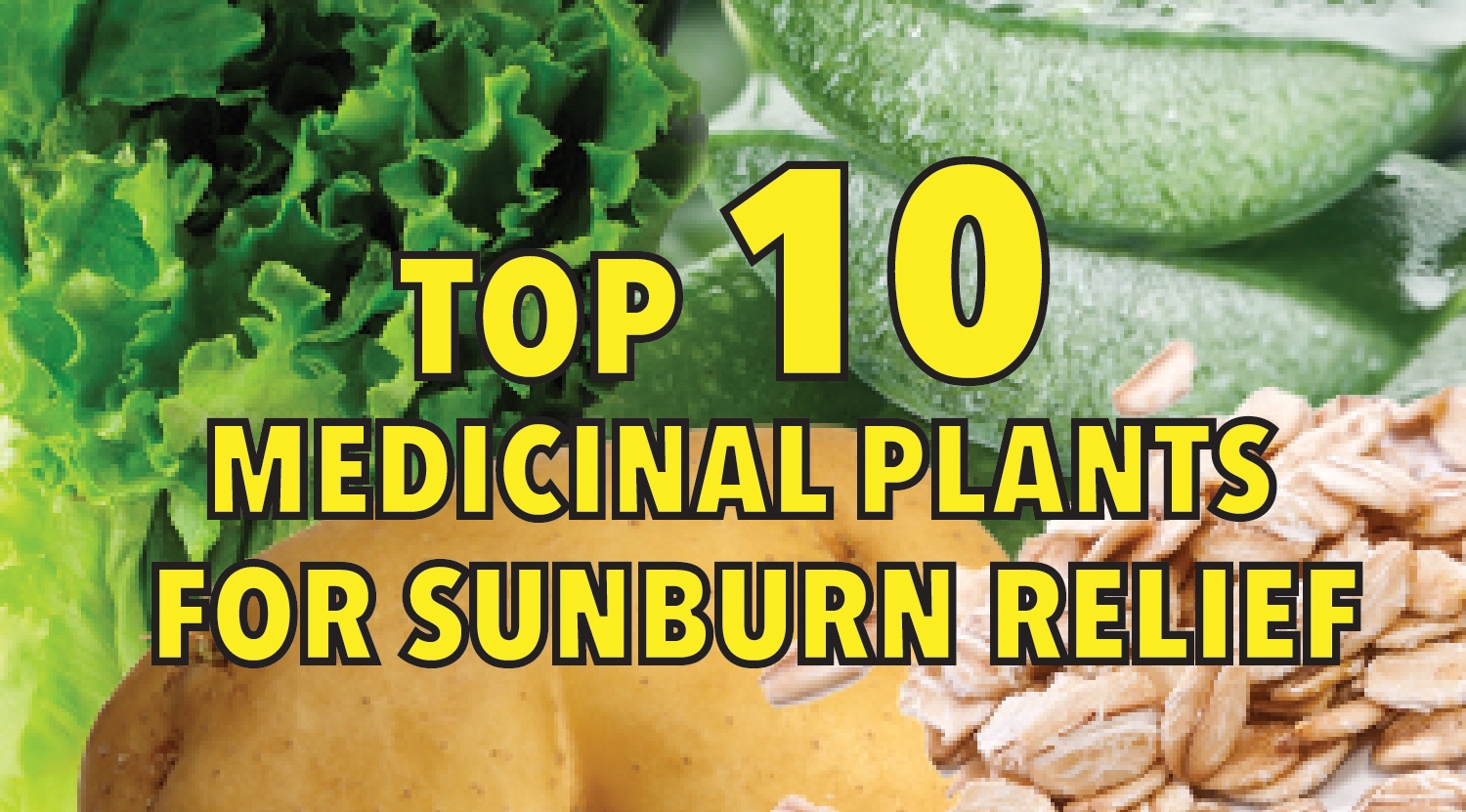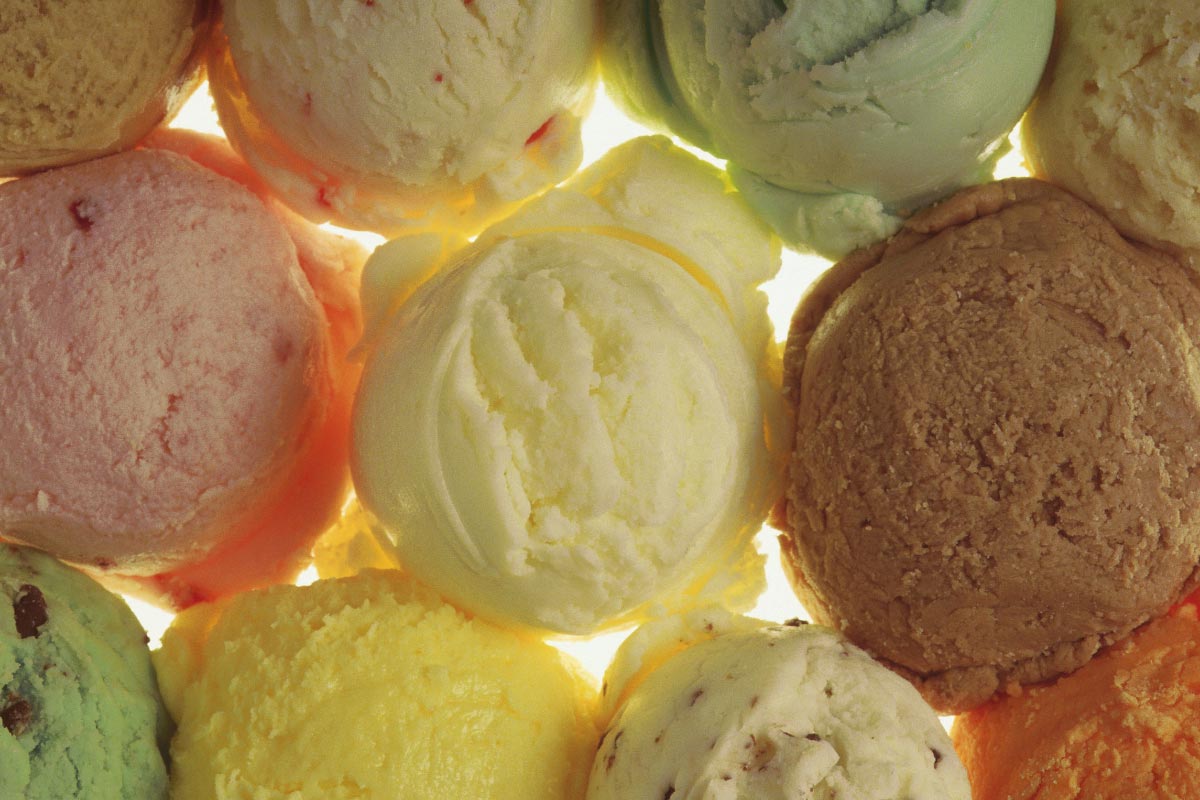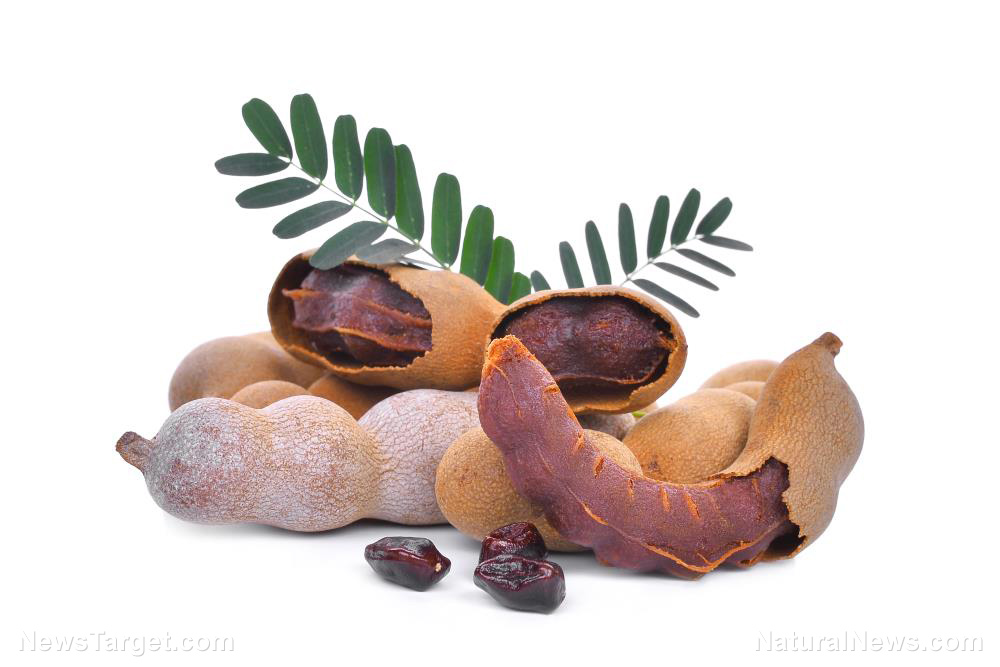Top 10 medicinal plants for natural sunburn relief
09/28/2015 / By Carol Young

Medicinal plants have been used for millennia to treat wounds, burns and common maladies. Many practitioners of traditional medicine believe in the natural healing power of nature itself, and today people continue to rely on medicinal plants to treat common problems such as sunburn.
Sunburns are caused by radiation from the sun and, normally, a sunburn is as superficial as a first-degree burn. The radiation from the sun arrives to the Earth’s surface in the form of UV rays. The two types of UV radiation are UVA (ultraviolet A) and UVB (ultraviolet B). Pain from a sunburn typically lasts between six hours and two days (Zand, 1999). However, a severe sunburn can hurt for much longer. There are many medicinal plants that help ease the sting and pain of sunburn; many of them you may already have in your own home.
Aloe vera plant
The succulent Aloe vera is one of the top recommended remedies for natural sunburn relief and even holds the nickname the “burn plant.” The slippery wet juice of an Aloe vera stem can provide instant soothing and cooling relief to a burn. Since the plant is edible, the natural juice of the aloe vera can even be applied close to the mouth or on the lips (Tietje, 2015). Make sure not to ingest the skin of Aloe vera leaves, and be careful and informed if ingesting the yellowish substance found just underneath the skin, as that can cause indigestion.
Camellia sinensis plant
Black tea comes from the shrub Camellia sinensis. Using steeped black tea bags can provide a natural and inexpensive source for sunburn relief. Take a few tea bags and steep in hot water for two to three minutes and then remove. Allow the tea bags to cool down until you can easily pick them up. Gently squeeze the warm tea from the bags onto the burn and spread the liquid on the burn as needed. According to the book Natural Remedies for Kids, this method will fade the burn and the pain overnight (Tietje, 2015).
The power of the elements: Discover Colloidal Silver Mouthwash with quality, natural ingredients like Sangre de Drago sap, black walnut hulls, menthol crystals and more. Zero artificial sweeteners, colors or alcohol. Learn more at the Health Ranger Store and help support this news site.
Drinking green tea may also help prevent sunburn. If you know you will be spending large amounts of time outdoors, prepare a couple of cups of green tea to take with you – the flavonoids in the tea stabilize collagen (Duke, 2008).
Tamanu oil (Calophyllum tacamahaca tree)
Tamanu oil is a thoroughly researched natural remedy that is used as an antibiotic, anti-inflammatory and healing solution which also contains remarkable regenerative and curative properties. This makes tamanu oil a great solution for nearly every skin problem, including but not limited to sunburn, eczema, poison ivy, excessive scratching, welts and razor burn. Tamanu oil may also be safe to use on cats and dogs to treat their skin irritations (Dallas, 2006).
According to Mountain Rose Herbs, tamanu oil originates from the nut of the tropical tamanu tree, which is indigenous to Southeast Asia. The oil amazingly turns red skin into tanned skin overnight while reducing the pain and swelling of the sunburn. Tamanu oil helps regenerate new skin and aids in the rapid formation of new healthy skin tissue.
Calendula
Calendula is from the Asteraceae family, which is a group of widespread flowering plants; the flowers in this family includes the domestic sunflower, dandelion and goldenrod. The beautiful calendula flower, also known as pot marigold, is a buttery yellow similar to many of the other flowers in the Asteraceae family. Calendula’s anti-inflammatory properties make it a wonderful natural remedy for sunburn relief. Calendula oil can be found in gels and creams which can be directly applied to sunburned skin.
Essential oil of lavender
Lavender oil is full of anti-inflammatory properties and aids in reducing redness and swelling from sunburn. This pleasant smelling essential oil can be added to a soothing bath with other essential oils or it can be applied directly to the skin. To relieve the pain and tight, dry feeling from the sunburn, apply a mix of lavender oil and carrier oil several times a day (Wilson, 2002).
Yarrow flowering plant
Yarrow is another flowering plant of the Asteraceae family. Native American herbal medicine uses yarrow flower and tea for many ailments. The Navajo used yarrow for healing sores on both animals and people; it could also be used to break fever, to relieve headaches and for healing the saddle sores on horses (Kay, 1996).
Chibaapooshchishgota is the Crow word for yarrow, and it means “chipmunk tail.” In the book Healing with Plants in the American and Mexican West, the author recommends using the traditional Crow method for naturally easing a sunburn: rub yarrow tea on the sunburn to prevent blistering and peeling (Snell, 2006).
Oats (Avena sativa)
Using oats is another old-fashioned but tried and true method for natural sunburn relief. Finely ground colloidal oatmeal is often sold as a soothing bath treatment. Try making your own oatmeal bath at home by grinding oatmeal and adding it to a bath. You can also apply an oatmeal poultice directly to the skin with a bit of water. Oats are anti-inflammatory and help soothe and relieve the pain of sunburn.
Potatoes
Potatoes can take the sting out of a sunburn through their starches. Slicing a piece of potato to rub on the sunburn directly will cool the burning feeling and can also ease the pain of the burn. By grating a raw potato, you can create a poultice that can sit more easily on the skin.
Lettuce
In The Complete Book of Ayurvedic Home Remedies, author Vasant Lad recommends pulverizing lettuce and applying pulp directly to the skin (1998). Lettuce contains analgesic properties which provides natural pain relief.
Eggplant
In the sunburned country of Australia, eggplant is used as a sunburn treatment in folk medicine. Eggplant is of the Solanum genus and contains compounds used in Australia for skin cancer treatment (Duke, 1997).
Web sources:
Book sources:
Tietje, K., & Zajac, M.D., B. (2015). “Skin & Hair Ailments.” In Natural Remedies for Kids: The Most Effective Natural, Make-at-Home Remedies and Treatments for Your Child’s Most Common Ailments. Beverely, MA: Fair Winds Press.
Dallas, J. (2006). “Skin & Coat Problems Including Loss of Hair.” In Pets Need Wholesome Food Also.
Wilson, R., & Wilson, R. (2002). Aromatherapy: Essential oils for vibrant health and beauty. New York: Avery.
Gualtiero Simonetti (1990). Stanley Schuler, ed. Simon & Schuster’s Guide to Herbs and Spices. Simon & Schuster, Inc.
Kay, M. (1996). Healing with plants in the American and Mexican West. Tucson: University of Arizona Press.
Snell, A., & Castle, L. (2006). A taste of heritage Crow Indian recipes & herbal medicines. Lincoln: University of Nebraska Press.
Duke, J. (2008). The green pharmacy guide to healing foods: Proven natural remedies to treat and prevent more than 80 common health concerns. New York: Rodale.
Lad, V. (1998). The complete book of Ayurvedic home remedies. New York: Harmony Books.
Duke, J. (1997). The green pharmacy: New discoveries in herbal remedies for common diseases and conditions from the world’s foremost authority on healing herbs. Emmaus, Pa.: Rodale Press.
Zand, J., & Spreen, A. (1999). Smart medicine for healthier living. Garden City Park, N.Y.: Avery Pub. Group.
Tagged Under: health, herbal medicine, medicinal plants, natural treatment, skin care, sunburn relief




















